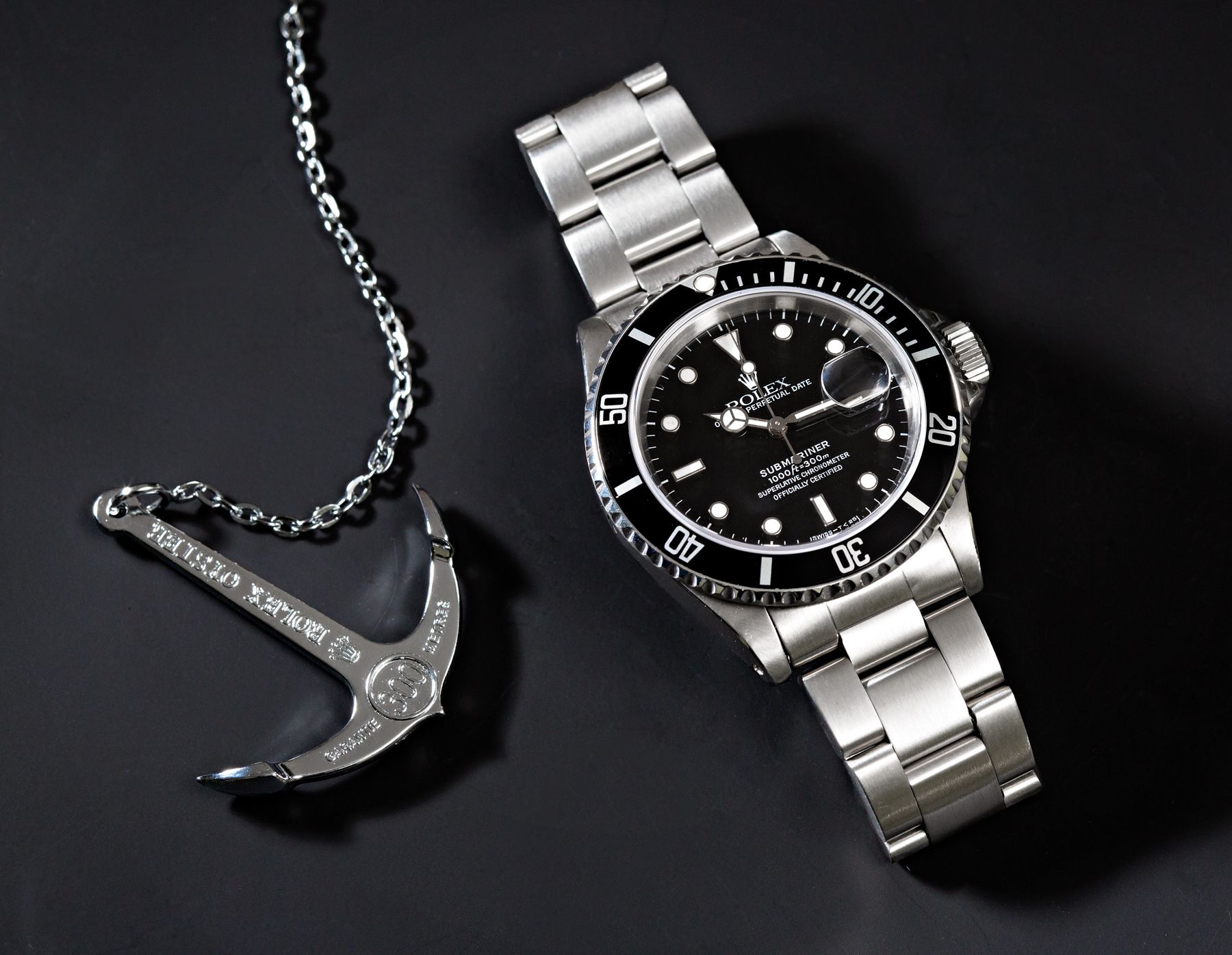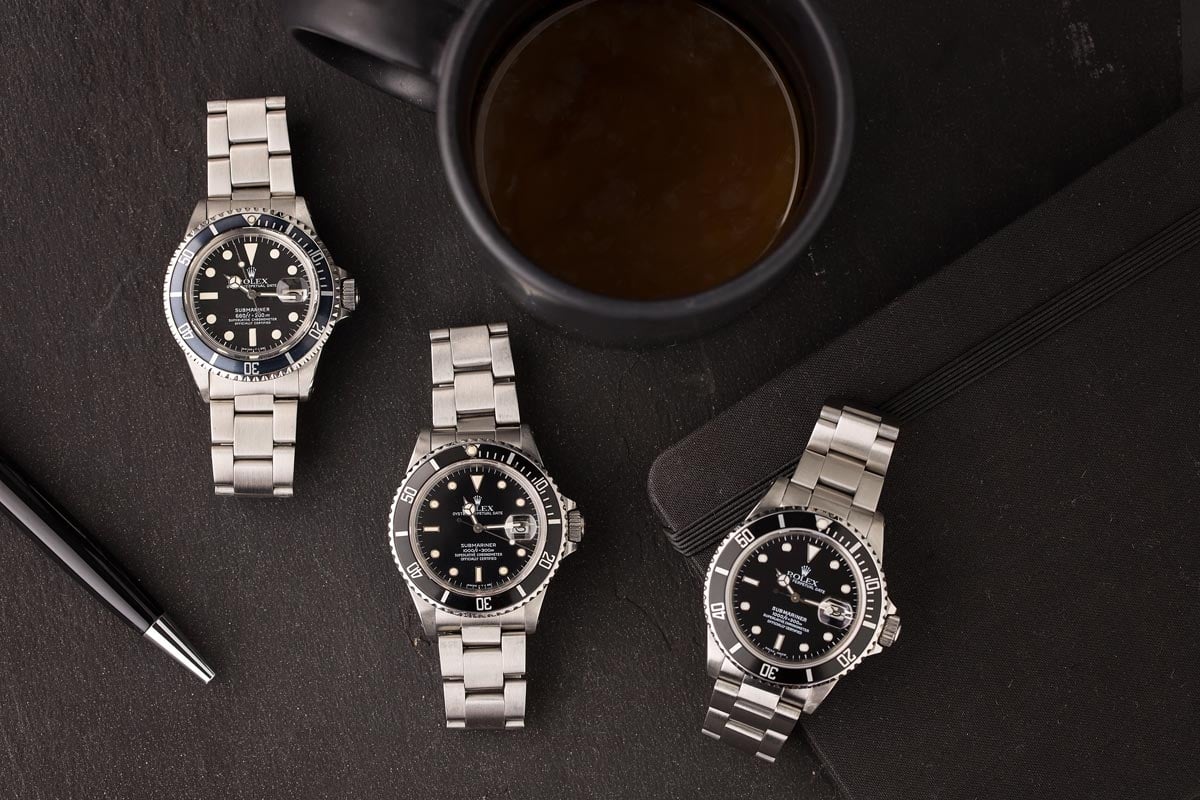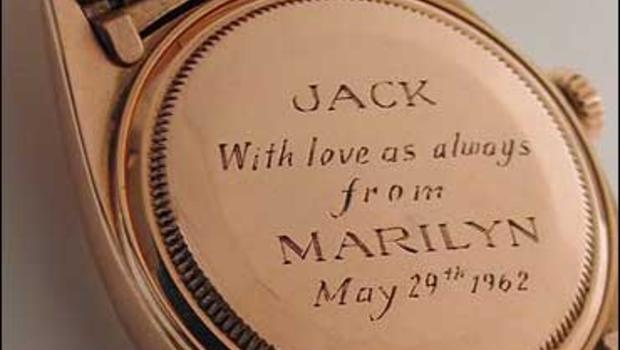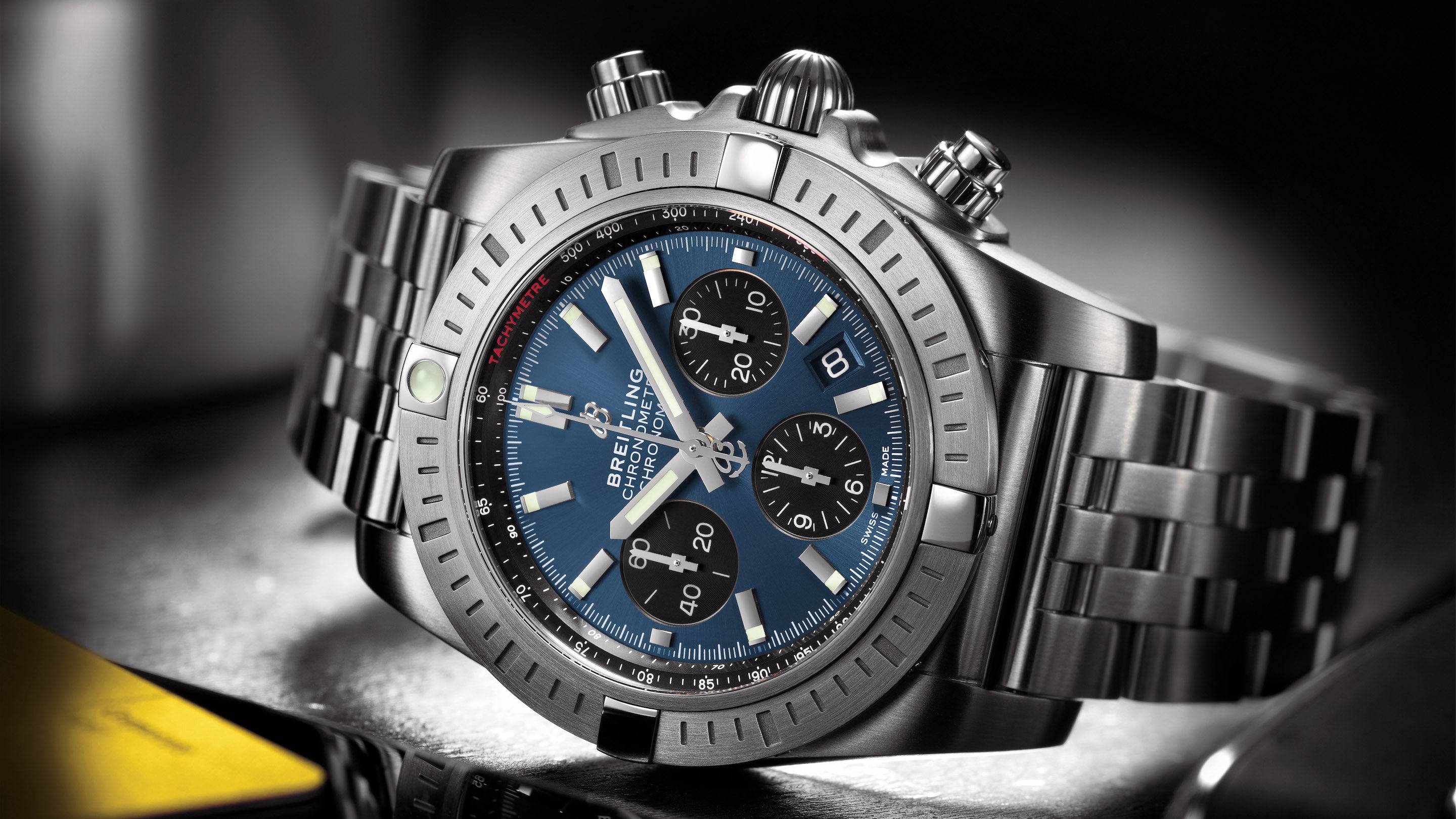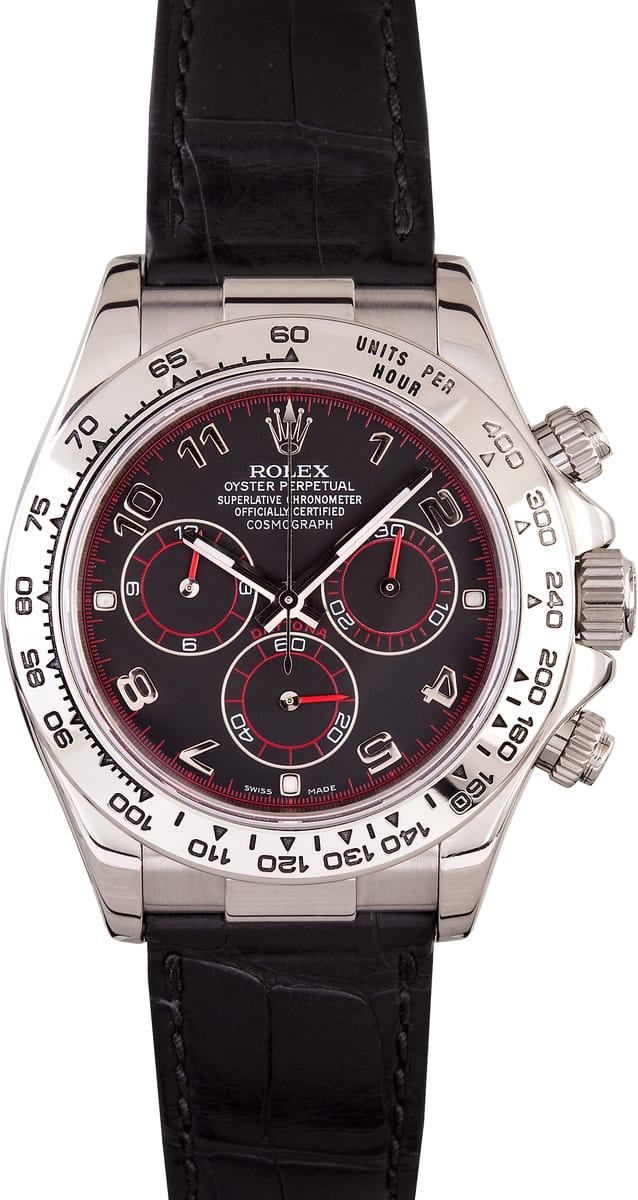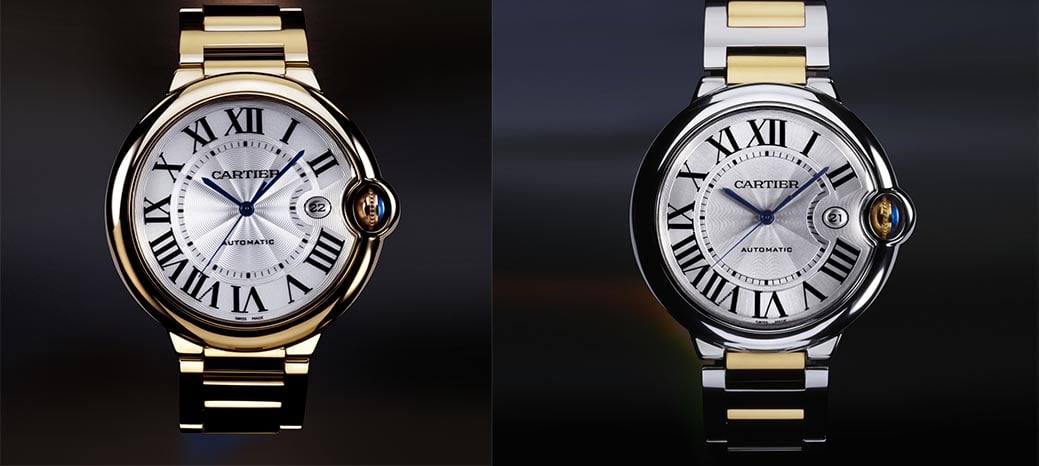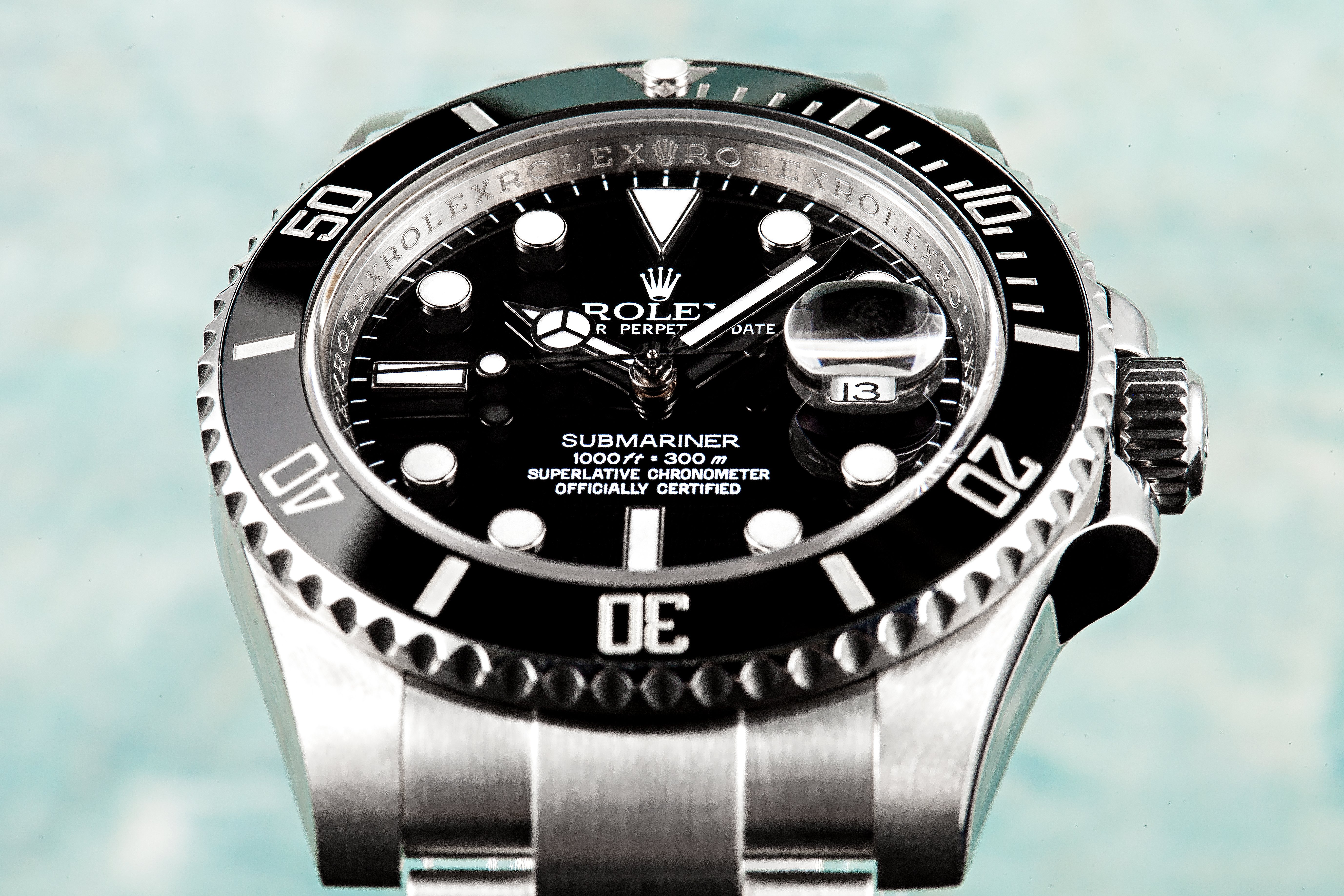Though the history of the Rolex Submariner stretches back even further, the reference 1680 and subsequent models that followed remain highly desirable for those looking for something a little more daily-wear friendly. Generally, available in the ballpark of $12,000 0 $15,000 (with the exception of the Red Sub, but more on that later), these early date-displaying Submariner watches have yet to start skyrocketing in value the same way that we’ve seen the reference 5513 take off – though as with everything vintage these days, we can’t help but think that it’s only a matter of time. Regardless, each iteration of the model has its pros and cons for those wanting a daily-wear Rolex Submariner that isn’t from the current-production generation, so we thought we would take a moment to examine the key difference that separates one model from the next.
Click here for our Ultimate Buying Guide on the Rolex Submariner.
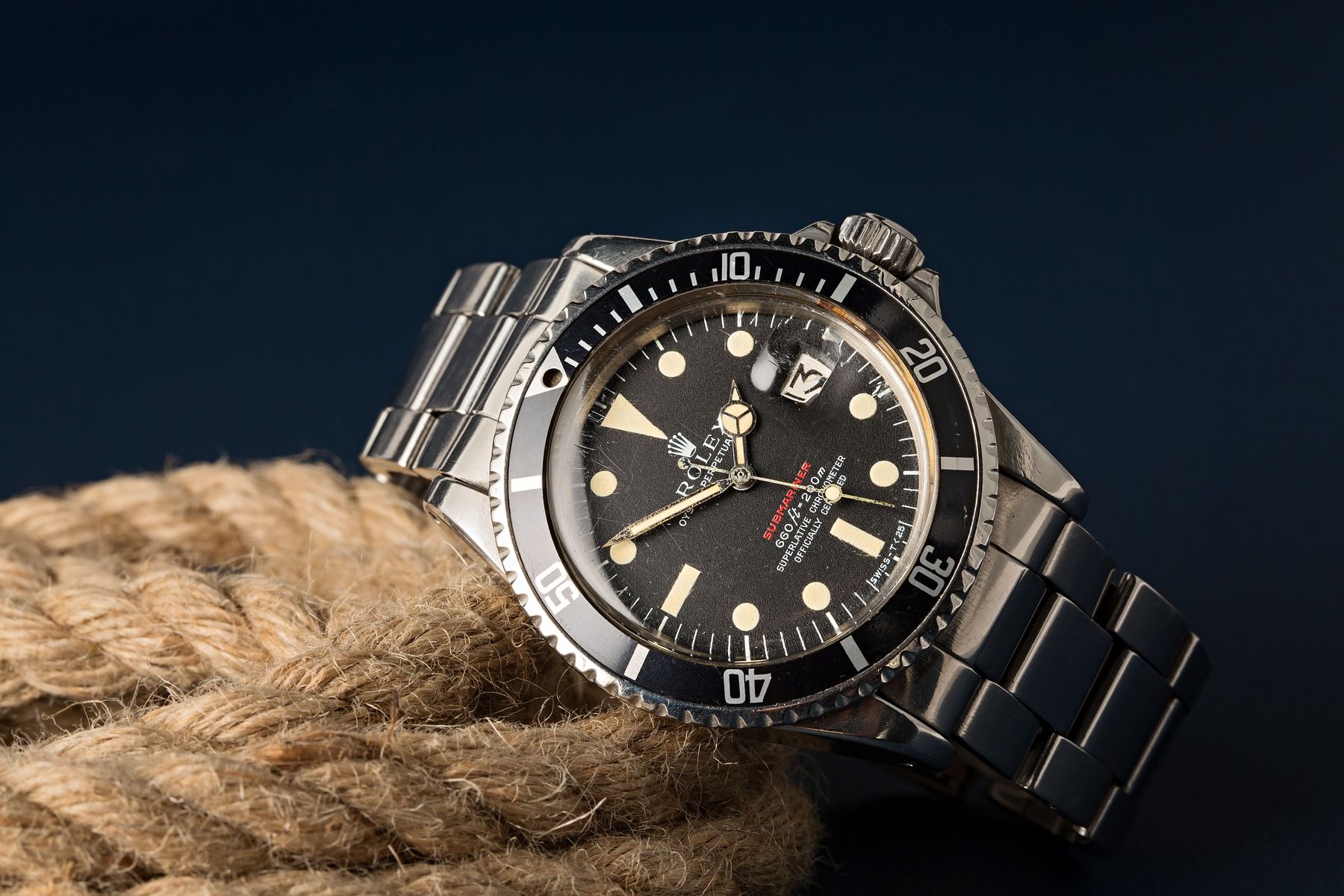
Rolex Submariner 1680
The first of the date-displaying Submariner watches, the reference 1680 made its debut appearance in late 1960s. Of the key distinguishing features separating it from its predecessor, the Rolex Submariner 5512, the addition of a date window and a magnifying lens to its acrylic crystal are by far the most notable. A design cue that has lasted in the model ever since, and one that caused a fair bit of controversy when it was added to the updated Sea-Dweller in 2017, this practical update was also accompanied by an update to its movement. The new caliber 1575 by all accounts, is a near twin to its sibling, the cal. 1570, though with the addition of a date wheel. As the first Submariner to feature a date display, the Rolex 1680 is an amazing vintage watch to add to your collection.
Early examples, known as the “Red Submariner,” are by far the most collectible. In total, seven dial variations of the Rolex Red Submariner 1680 were produced with subtle differences in typeface, the positioning of their text, and other various intricacies. However, across the board, the rare and subtle touch of red on the dial makes these variants much more desirable amongst collectors.
On the flip side, a more “average” Submariner 1680 with all white text instead of a red logo can be had at a much lower cost of entry if you’d prefer a vintage Rolex dive watch that you don’t need to be afraid to wear on a daily basis. These examples were produced during the late 1970s and also included several dial variations, all with feet-first depth ratings. The fact that the ref. 1680 uses an acrylic crystal means it’s a touch less “rough and tumble” than the models that followed, which is something to keep in mind depending on your wearing habits.
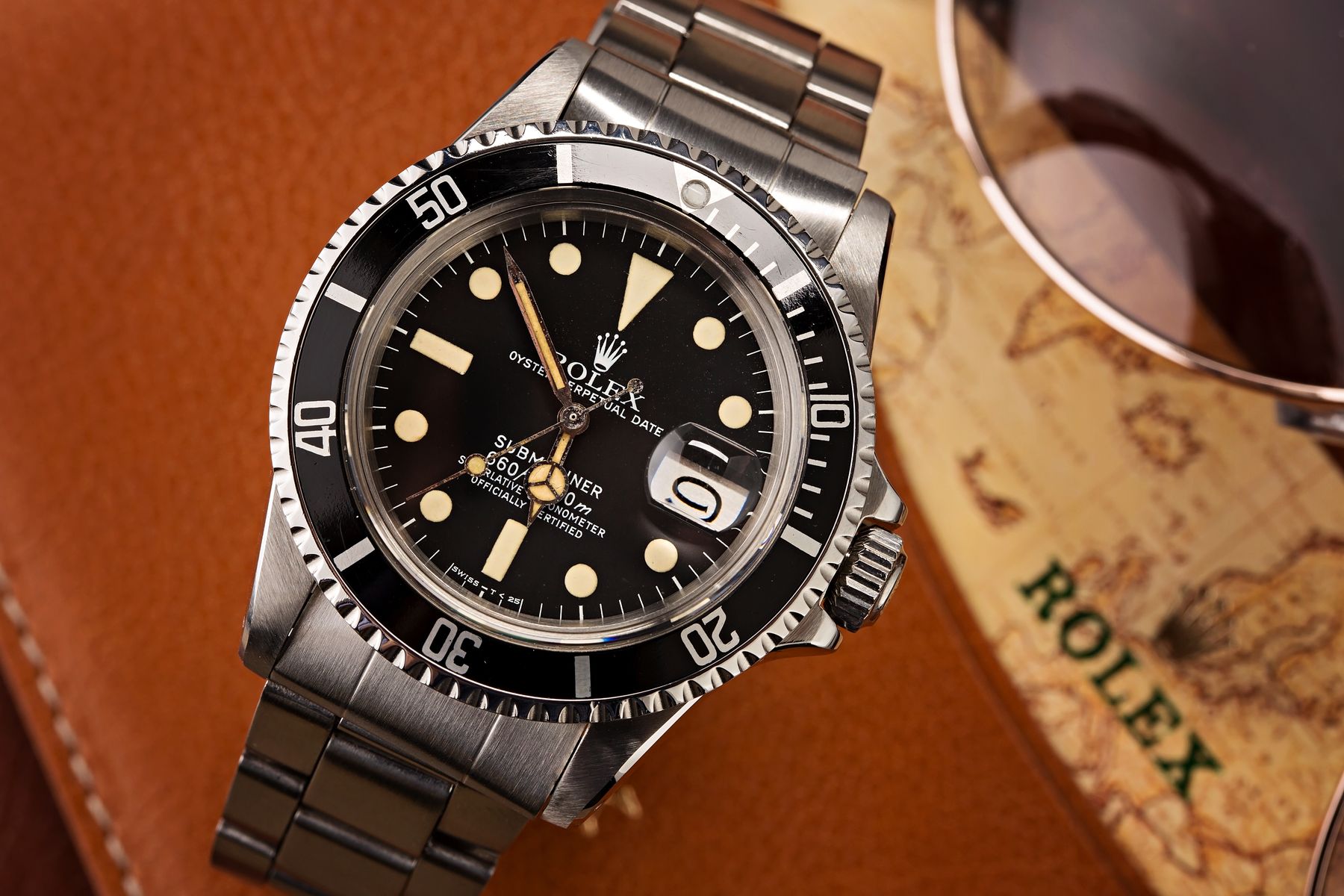
Rolex 1680 Price
Red Submariner watches often command a higher premium on the secondary market than their counterparts with a white logo, averaging between $20k and $33k as of 2022. On the other hand, the Rolex 1680 white Submariner will cost you between $13k and $15k.
Prices for either edition of the 1680 Submariner will vary depending on numerous factors, such as condition, year of production, and typeface on the dial. If you’re in the market for an entry-level 4-digit vintage Rolex Submariner, the later-production ref. 1680 is probably one of the smartest options on the market.
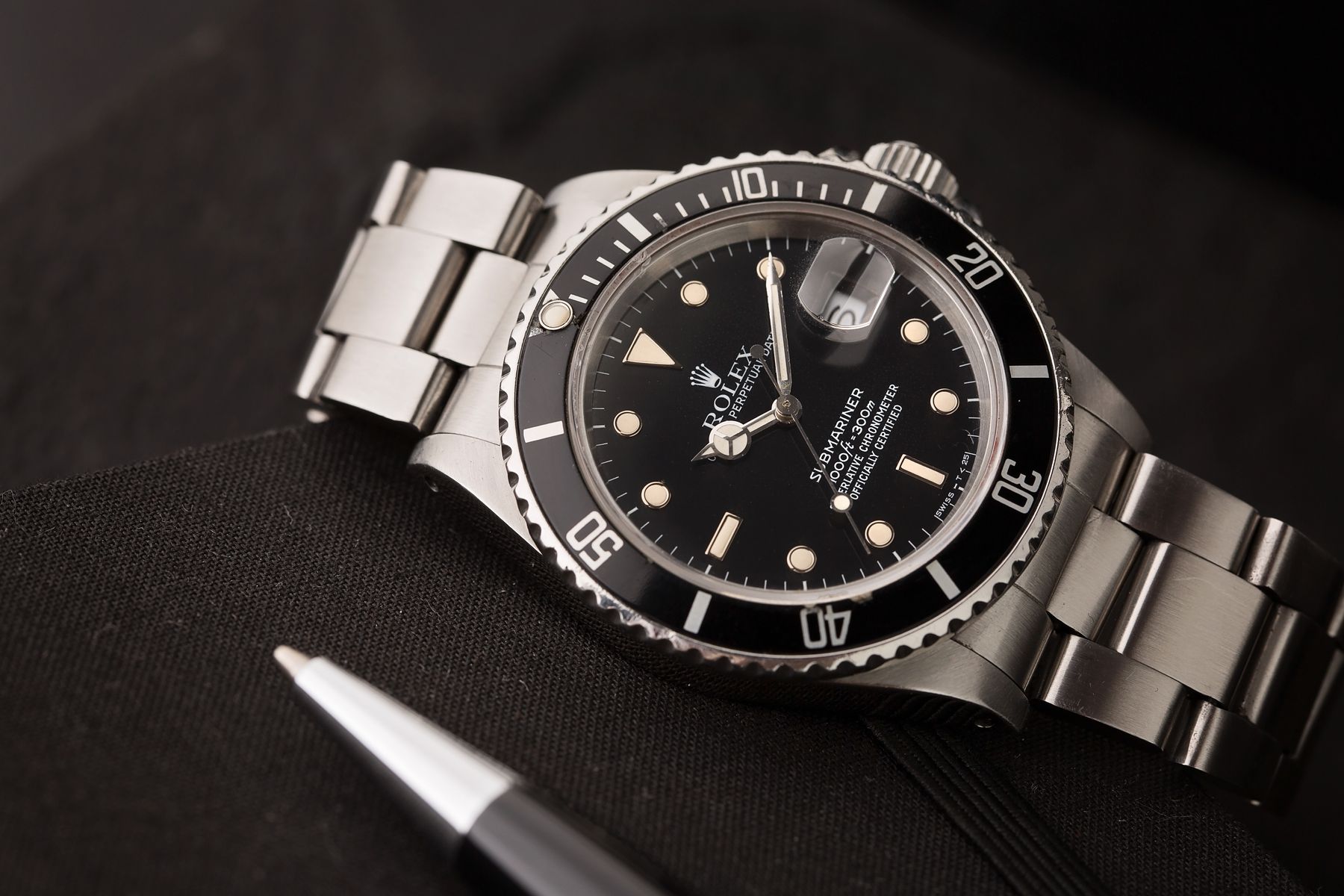
Rolex Submariner 16800
In many ways, the 16800 is considered the best of both worlds as far as striking a balance of vintage charm and modern wearability. Known as the “transitional Sub” in most circles, the new model arrived in the late 1970s to replace its aforementioned sibling. Early examples of ref. 16800 retain the matte dial and painted indices of its predecessors, paired with desired modern accouterments, including a scratch-resistant sapphire crystal and an updated movement. Near the end of its production run, ref. 16800 did away with the matte dial entirely and adopted a truly modern aesthetic, complete with a glossy dial topped with hour markers in white gold surrounds.
With the arrival of the Rolex caliber 3035, the operating frequency of the balance was increased to a modern 4Hz, or 28,800 vibrations per hour, and also marked the introduction of a quick-set date function for the first time. Its power reserve also increased to 42 hours. However when it comes to the core mechanics of the caliber, the 3035 remains quite similar to the cal. 1575 it replaced. By this time, Rolex was more than aware of the level of reliability and accuracy they had created and wisely decided not to attempt to reinvent the wheel as they evolved the caliber.
This “transitional Submariner” was also the first reference in the series to offer water resistance up to 300 meters, compared to the 200-meter depth rating offered by the ref. 1680. It’s been decades now since ref. 16800 hit the market, yet 300 meters remains the Submariner’s standard depth rating. The uni-directional bezel also made its debut alongside ref. 16800, replacing the bi-directional bezel and offering divers a safer way of keeping track of elapsed time while in the water.
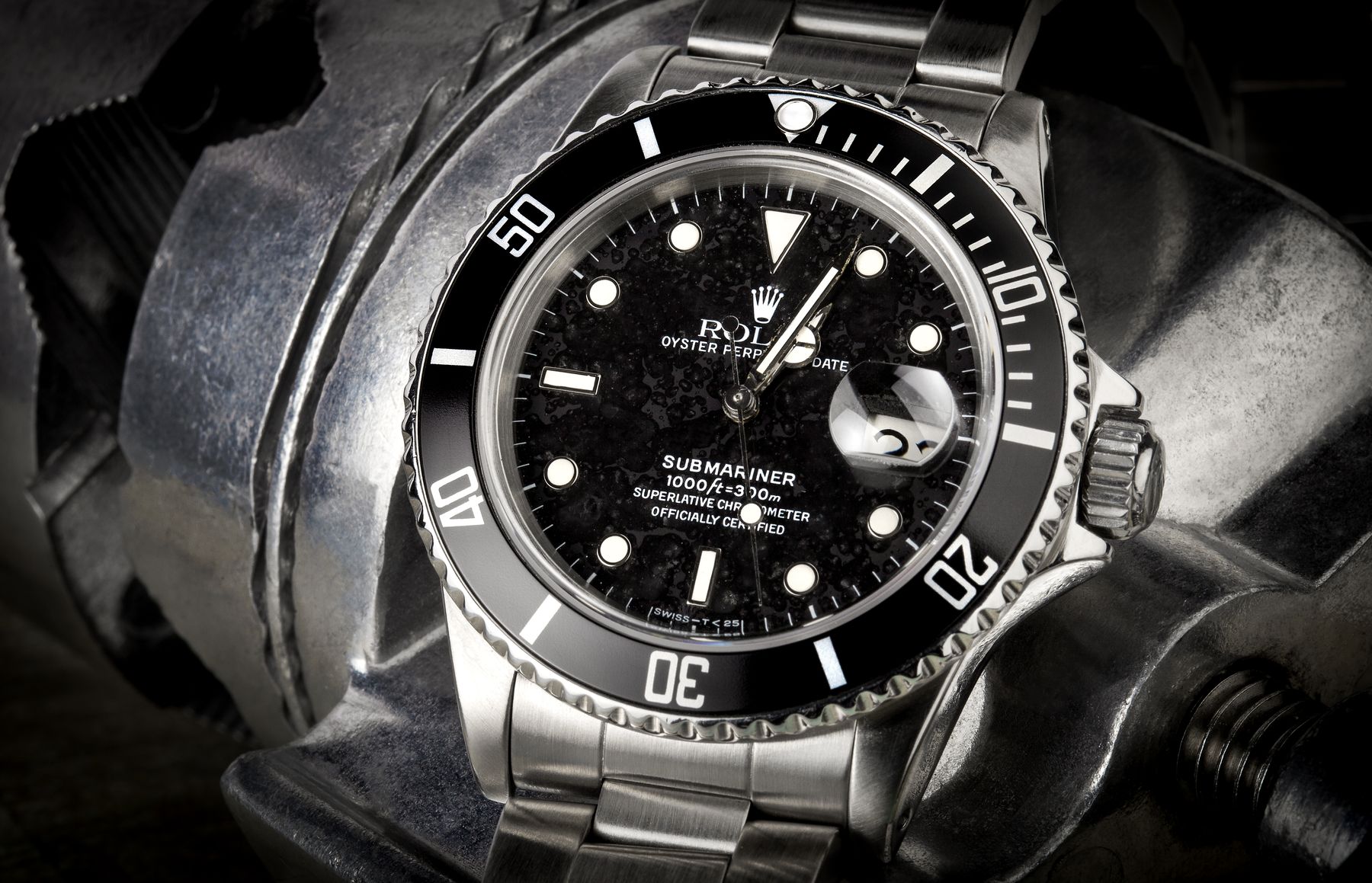
Rolex 16800 Price
So far, prices for the reference 16800 Submariner have stayed reasonably approachable compared to the older subs on the market. With roughly a decade in production (ending in 1988), they are fairly easy to come by in reasonable shape, and you can invest in one for around $12k on the pre-owned market.
What’s particularly appealing about hunting for your own Rolex Submariner 16800 is the broad range of aging seen on many surviving examples. While some can be found in very fresh and near mint condition, their bezels were also occasionally prone to premature fading, leading to the much-loved “ghost bezel” appearance. Another desirable “defect” found on many ref. 16800 watches is the “Spider Dial,” which is seen only on examples with a glossy dial and appears to be caused by a defect in the paint.
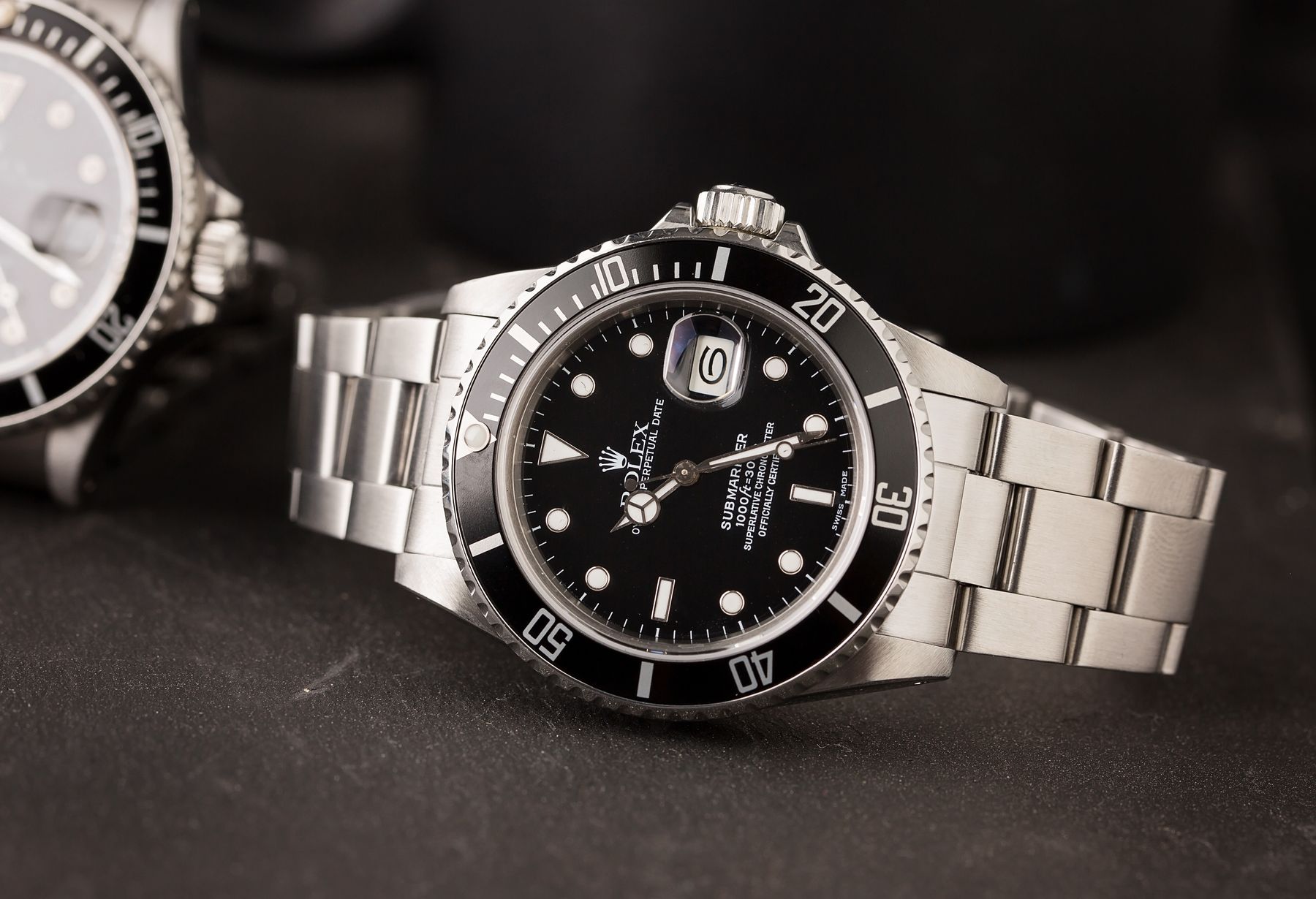
Rolex Submariner 168000
At a cursory glance, spotting the differences between a 16800 and the 168000 (or “triple zero”) is no easy task. The rare and glossy-dialed Subs were only produced for about nine months from mid-1988 into 1989 before being replaced by the similar-looking ref. 16610, which would go on to remain in production for more than two decades.
At the end of the day, their only real differentiating factor is that their release marked Rolex’s integration of 904L stainless steel rather than the more conventional 316L they had used previously – a type of stainless steel that is still used to this day by 99% of other watch brands in the marketplace. As we already mentioned above, by the tail end of production of its double zero sibling, Rolex had already begun using the gloss dials and raised indices you see here on the reference 168000.
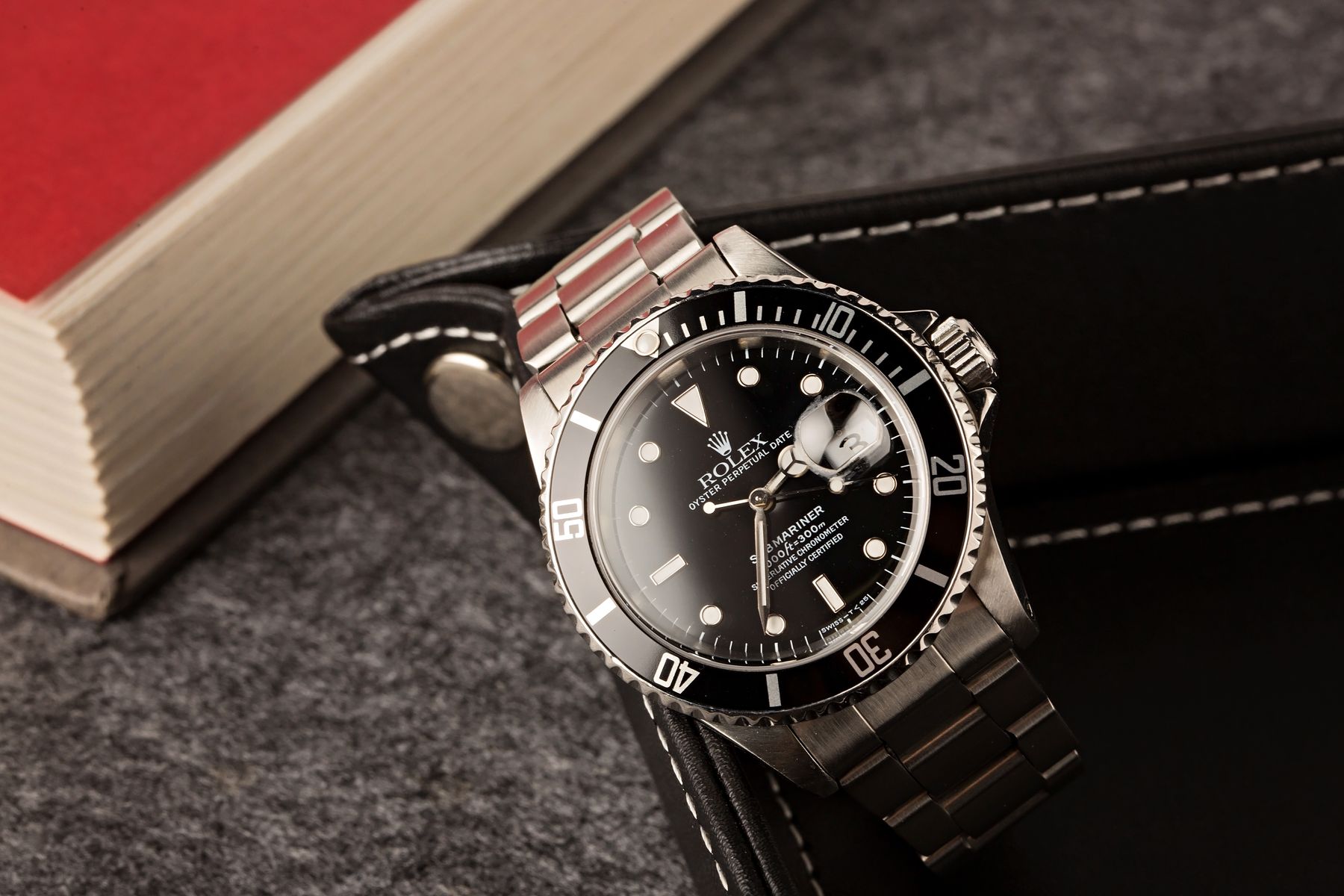
Rolex 168000 Price
It’s safe to speculate that this limited-production scarcity will see values of the triple zero rise in the years to come. However, at least for the time being, it’s a rock-solid example of a classic Rolex Submariner that’s engineered at its core to be a practical, wearable, and above all durable timepiece.
Despite its incredibly short production run, the fact that the reference 168000 looks near-identical to both its direct predecessor and successor have helped keep prices reasonable. While the Rolex Submariner 168000 was only produced for less than one year, as of 2022, pre-owned prices average between $12k and $15k, which is very much in-line with what you can expect to pay for its more common ref. 16800 predecessor.
